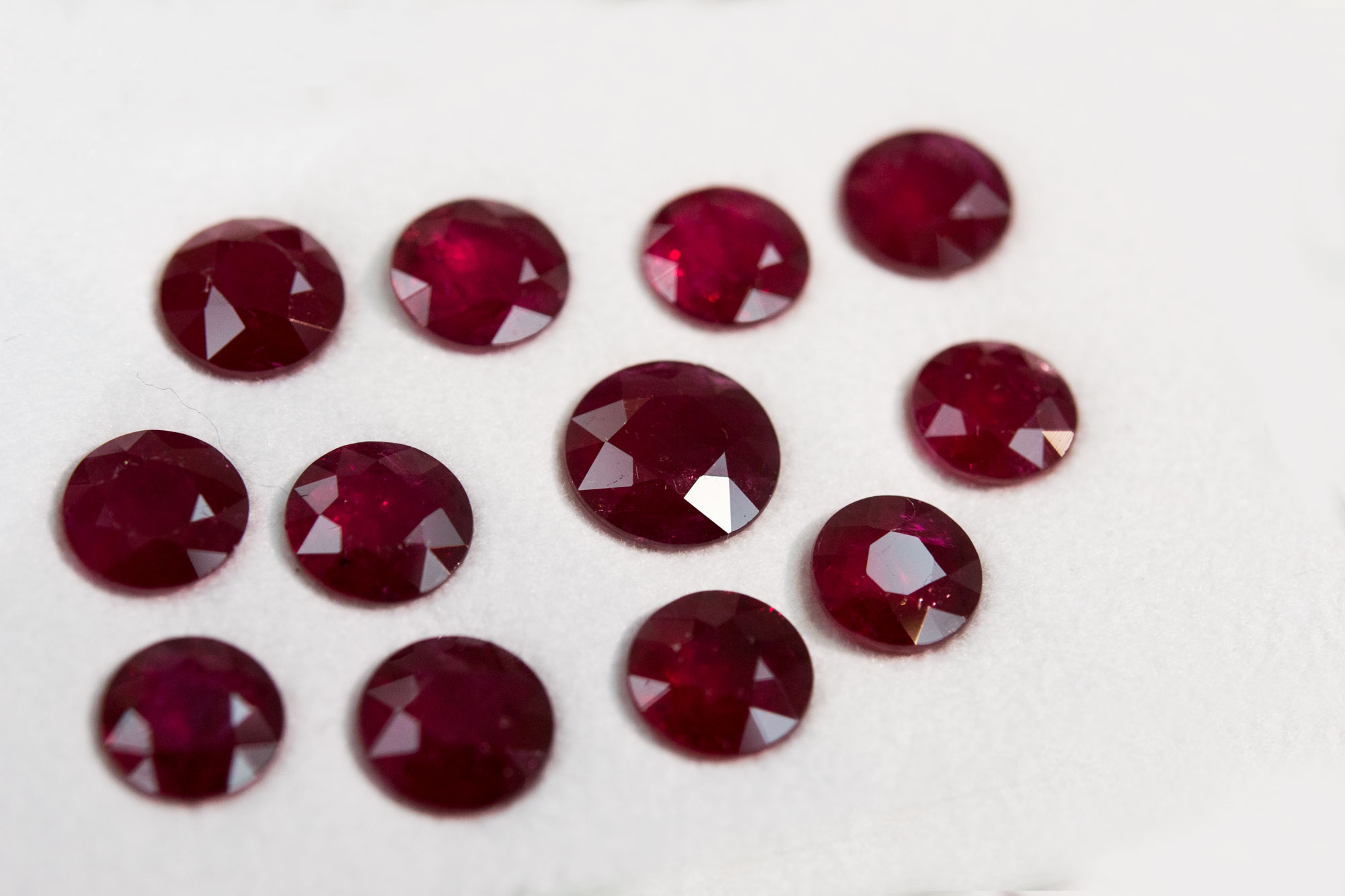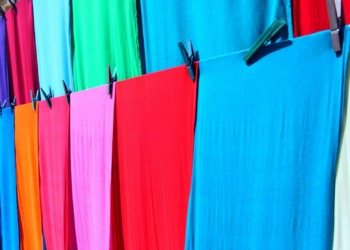Rubies, renowned for their covetable pink to blood-red hues, are members of the corundum family of gemstones- colloquially known as sapphires. It is their particular hue that makes them rubies rather than pink sapphires, a distinction that is blurry at best and at times highly subjective. The most covetable rubies, however, fall into the red-blood hues and demand a substantial premium above all others.
The Mogok Valley in northern Myanmar, formerly known as Burma, has long been the world’s most important source of rubies; accounting for over 90 per cent of the global ruby trade. Mining some of the finest rubies, whose colour is often referred to as “pigeon’s blood”, Myanmar has developed quite the reputation. And not just for the exceptional beauty of its gemstones, but also for the Burmese military junta and the human rights violations such as child labour. Activities which were partially, and if not substantially, funded through the gemstone market. So while blood diamonds have garnered the greatest attention in recent years when it comes to conflict stones, Burmese rubies also merit due attention.

In 2003, as an effort to penalise the repressive and highly-controversial Burmese junta for its human rights violations, the U.S. government embargoed several products originating from Burma- amongst which where Burmese rubies. Due to the broad language of the original embargo, however, Burmese rubies that were cut outside of Myanmar still made their way into the U.S..
It was not until 2008, that President George Bush signed the Tom Lantos Block Burmese JADE (Junta’s Anti-Democratic Efforts) Act, which effectively banned the import of all precious Burmese gemstones into the United States- primarily affecting rubies and jade.
The act has not gone through without some disagreement however. While the JADE Act’s intent was to diminish the hundreds of millions of dollars in gemstone trade revenue used for the ruling junta, estimated to have totalled $300 million in 2006, the ban has also been hard-felt by artisanal miners and local dealers.
Andrew Cody, the International Colored Gemstone Association (ICA) president, voiced his concern in that “those who will suffer are the very people that the legislation intended to protect.” Another party affected, where thousands of Thais in the cutting and jewellery industry; as the gem-cutting industry in Asia is highly intertwined and generally, at an unofficial level.
Not to mention that it is simply impossible to prove some stones have been in the US prior to the implementation of the JADE Act. Old stock – really old stock – may not have the paper trail that the current legislation demands in order to sell existing stock that may have come from Burma – or not. Proving the origin is a hotly debated topic where the ban is concerned, as determination of origin may not be a fail-safe technique.
And while the import ban was expected to expire last year in the summer of 2013, President Obama issued an executive order extending the ban for at least, another year.
Previous article: FINE JEWELRY. IT’S EVOLVING – Link











